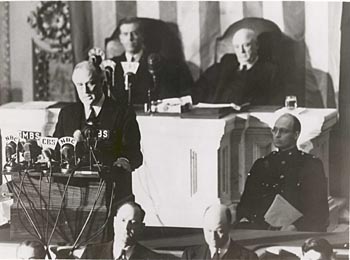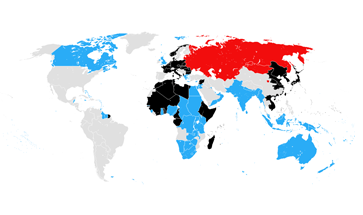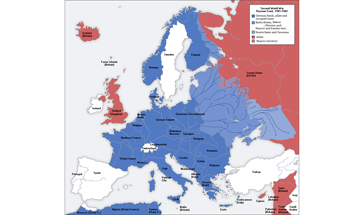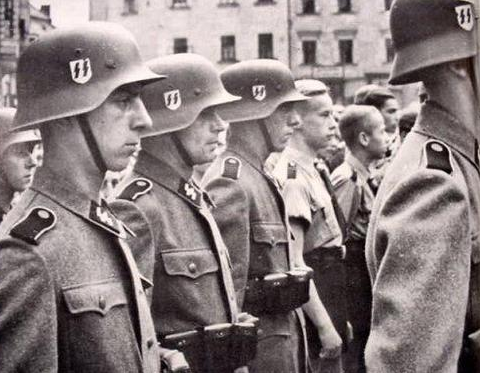Learn It
The United States became indirectly involved in World War II with President Franklin Roosevelt's Lend-Lease Program in the 1930s. At this time, Great Britain and France faced invasion by Nazi Germany. The American people were reluctant to enter another war in distant lands. The loss of so many American soldiers in World War I, a war that promised to end all wars, convinced most Americans that neutrality was the best path to take with the conflict in Europe and Asia. However, with the Japanese attack on Pearl Harbor, the president was able to rally support for American entry into World War II, changing the course of world history.

President Franklin D. Roosevelt delivers his Day of Infamy speech to a joint session of Congress on December 8, 1941.
When we read a text, we often ask ourselves, "What's the point?" In other words, what is the author or speaker trying to say? Identifying the main idea(s) is the most important step in good reading comprehension. Think of the main idea as the umbrella of the text, while the supporting details such as causes, reasons, examples and facts fall under the umbrella of the main idea.
Let's take a look at an excerpt of the beginning of one of Franklin D. Roosevelt's most famous speeches, his State of the Union address in 1941 (also known as the Four Freedoms speech), to determine the main idea and supporting evidence. (Click the audio play button below to hear a narrator read the excerpt.)
"I address you, the Members of the Seventy-seventh Congress, at a moment unprecedented in the history of the Union. I use the word "unprecedented," because at no previous time has American security been as seriously threatened from without as it is today…
Every realist knows that the democratic way of life is at this moment being directly assailed in every part of the world…
During sixteen long months this assault has blotted out the whole pattern of democratic life in an appalling number of independent nations, great and small. The assailants are still on the march, threatening other nations, great and small…"
— Franklin D. Roosevelt, January 6, 1941
Read or listen to full speech on the FDR Presidential Library and Museum Opens a new window website.
Click through the slideshow below to analyze the main idea and supporting evidence in President Roosevelt's State of the Union address.












